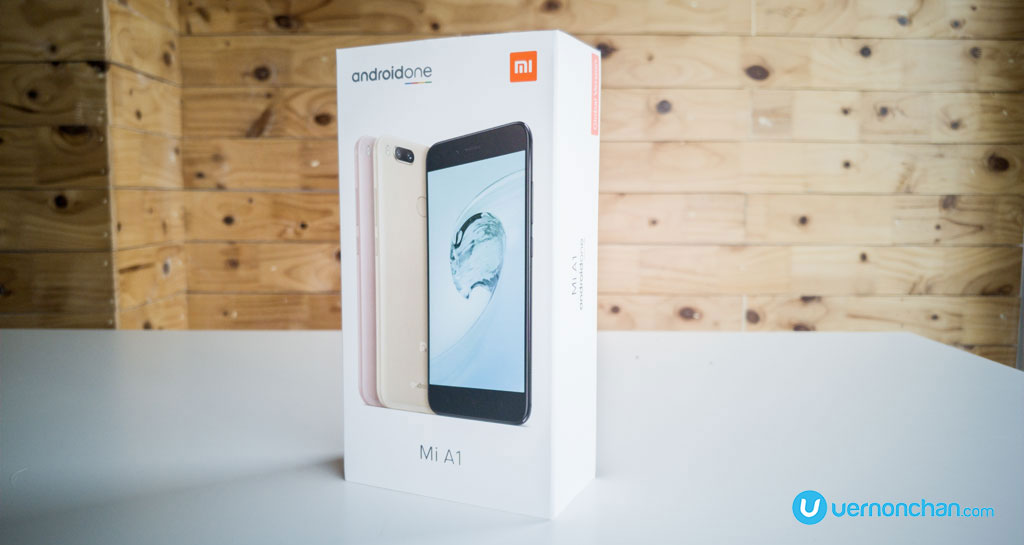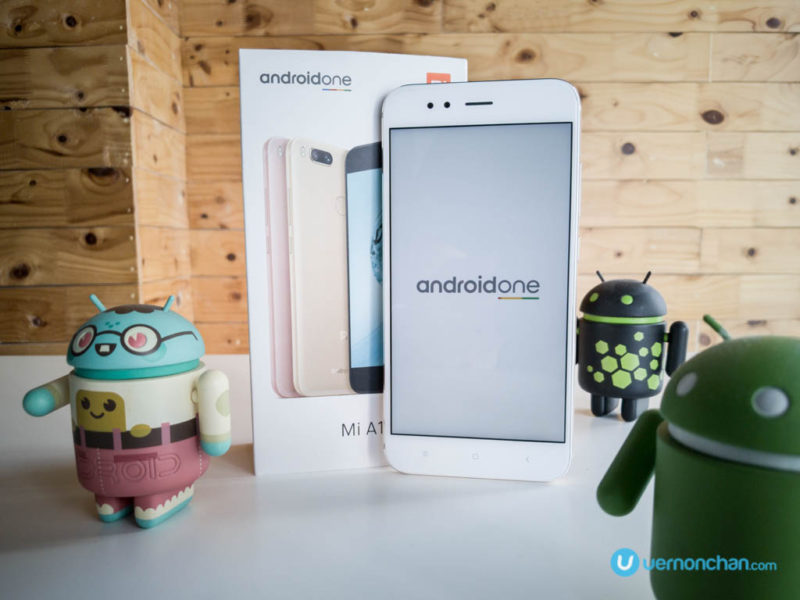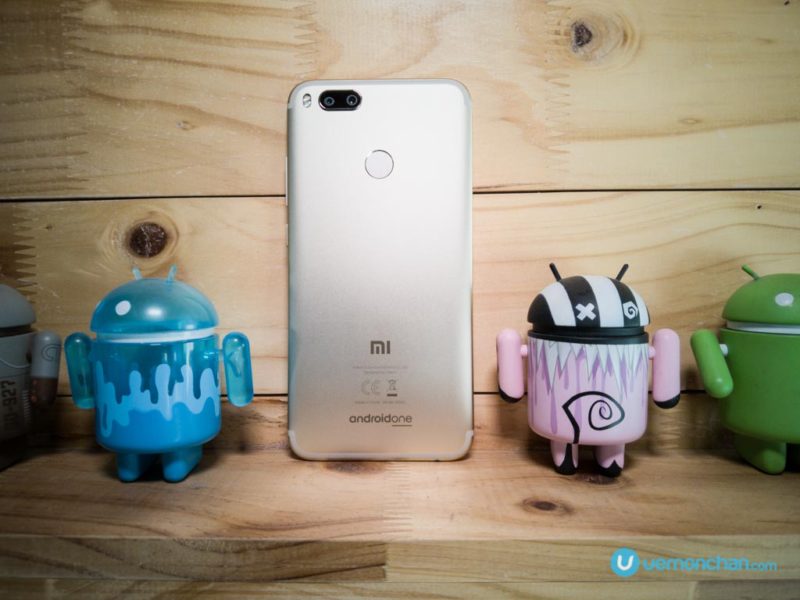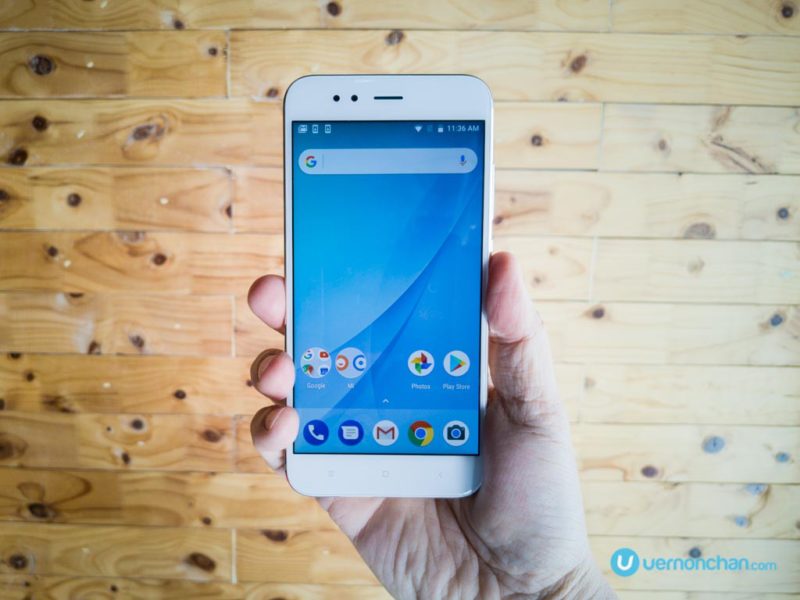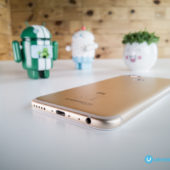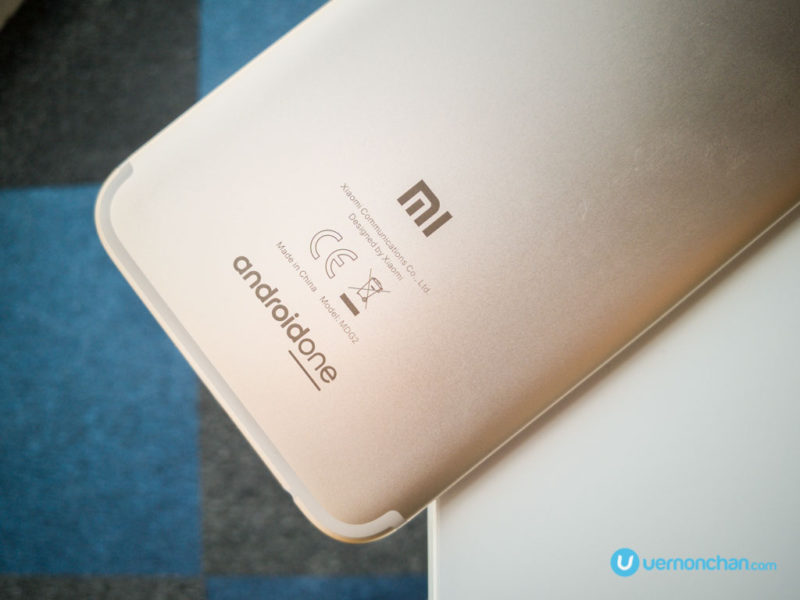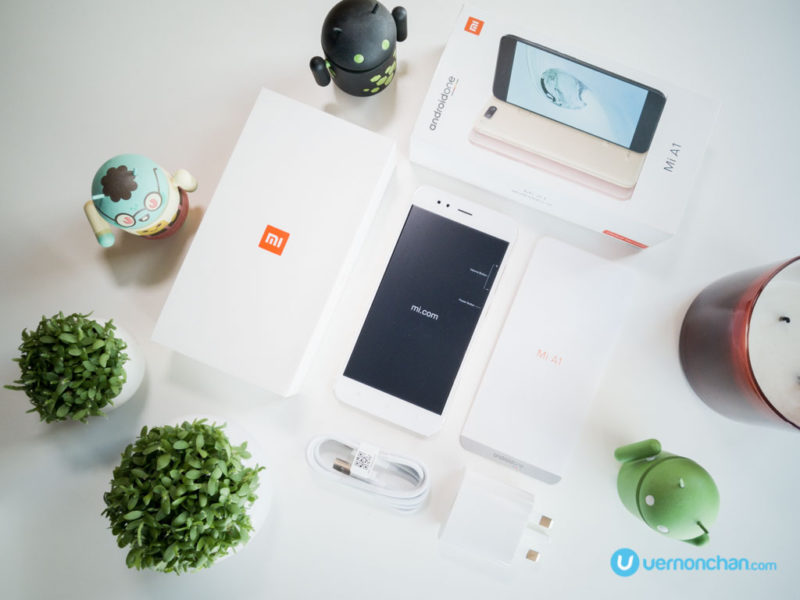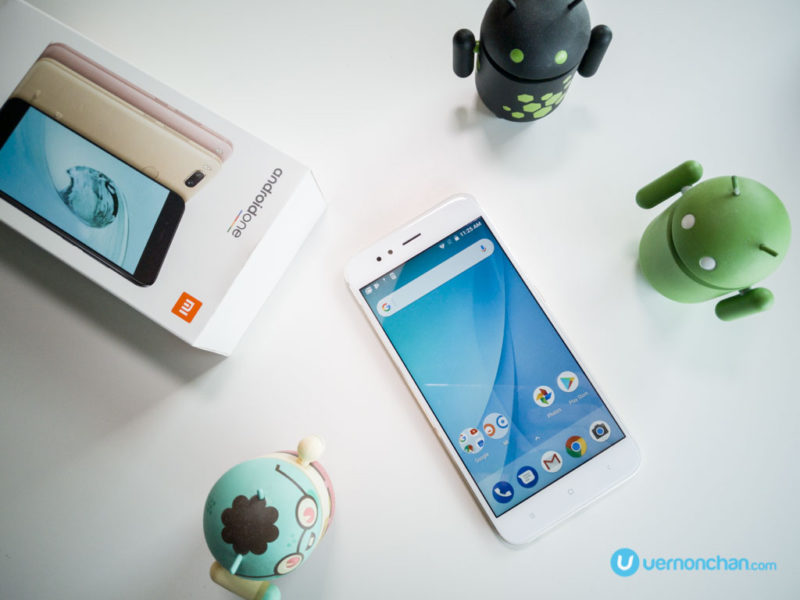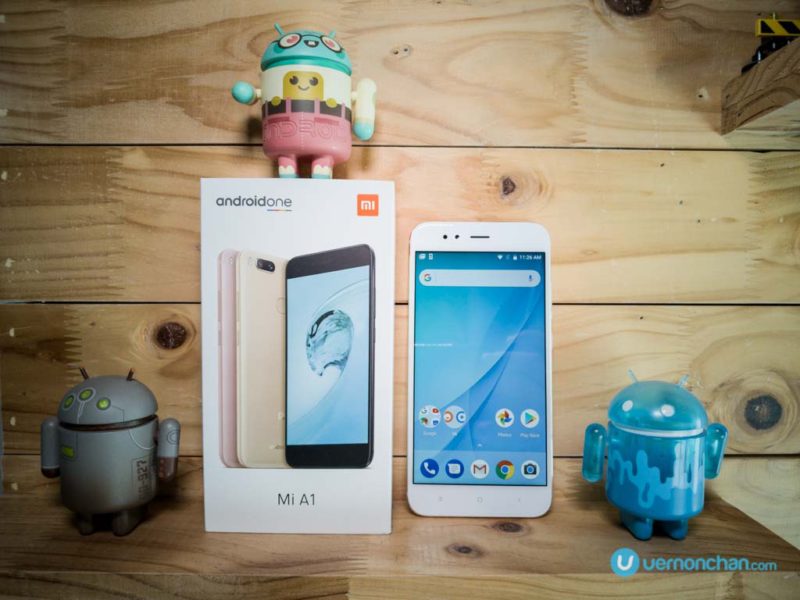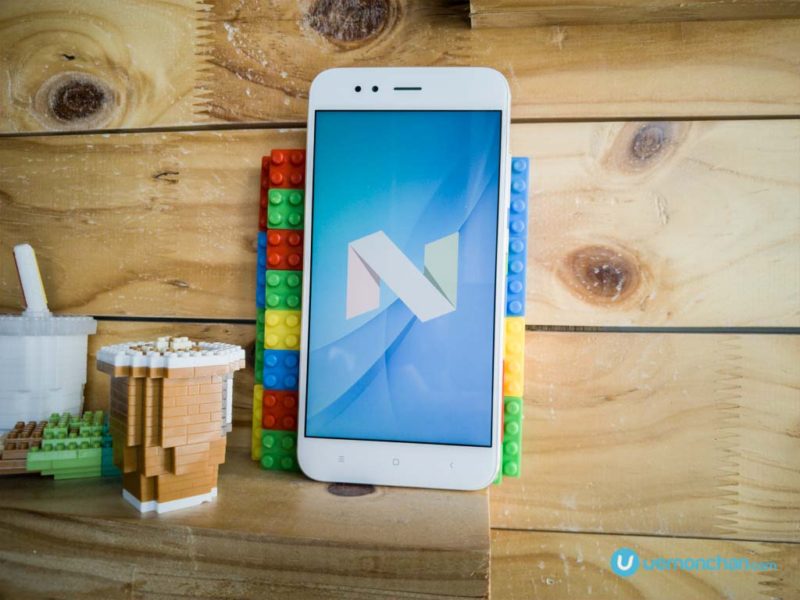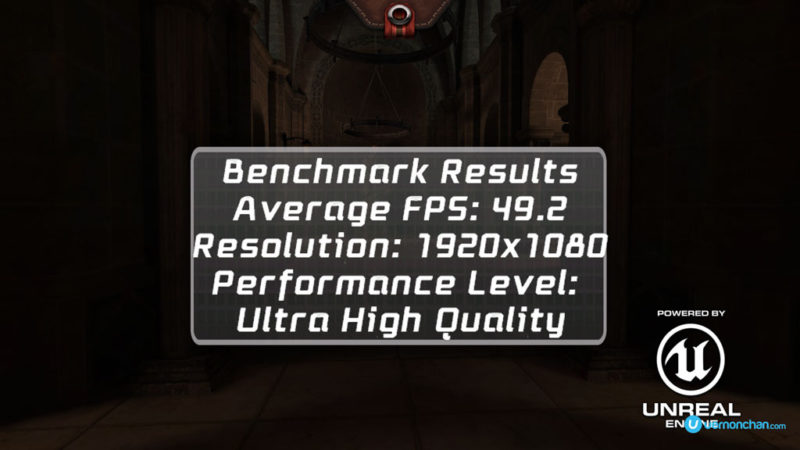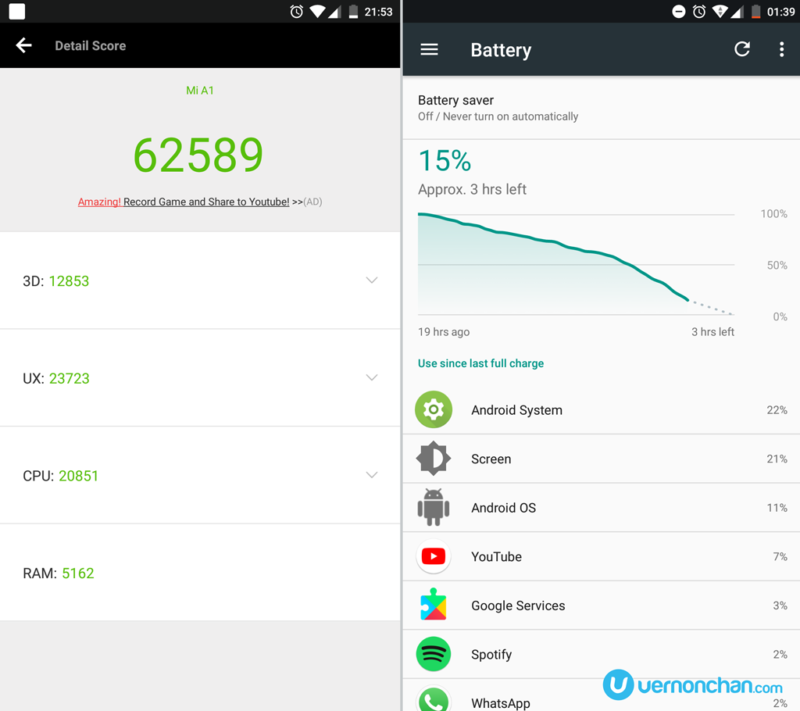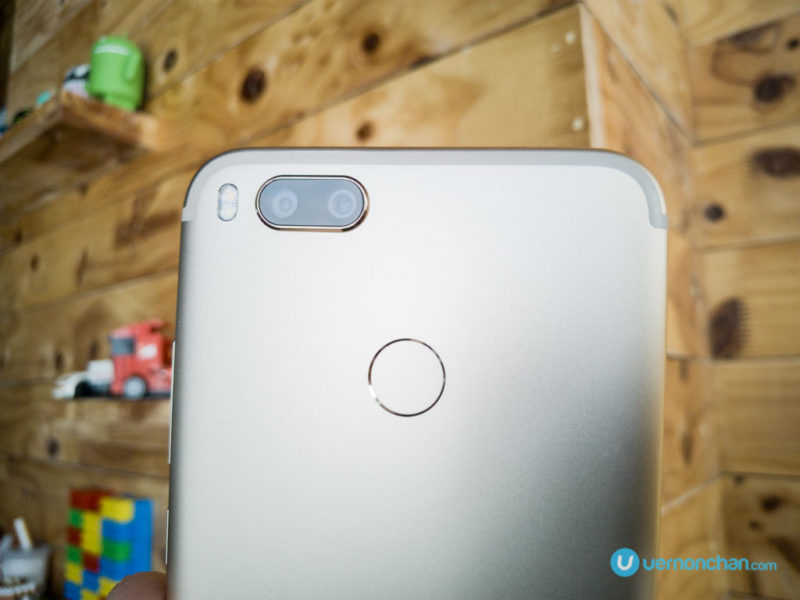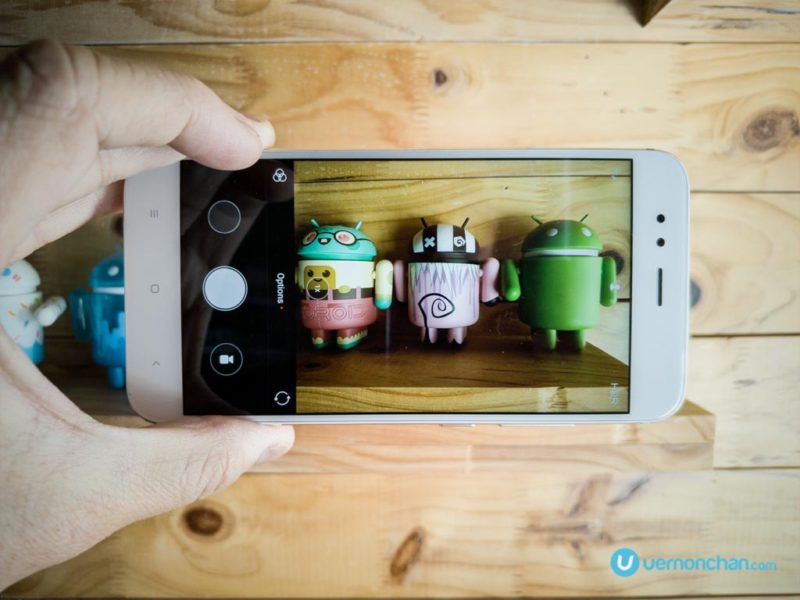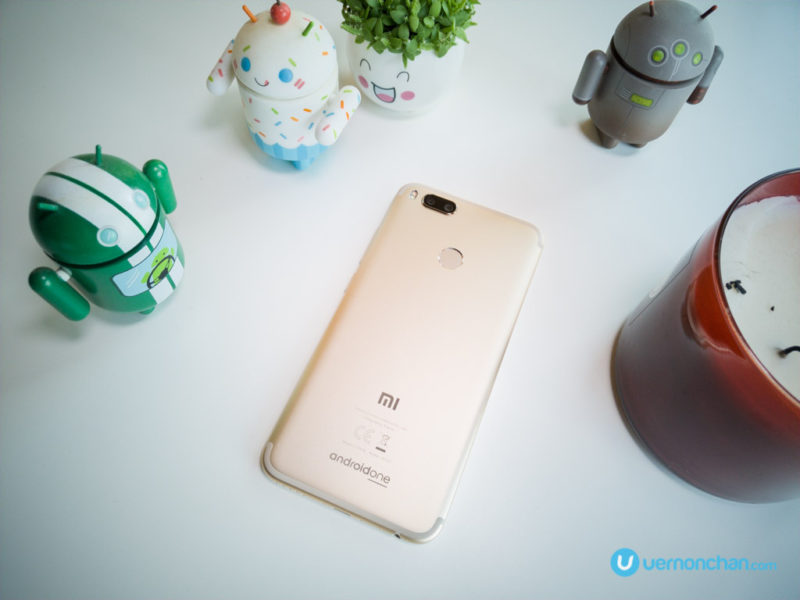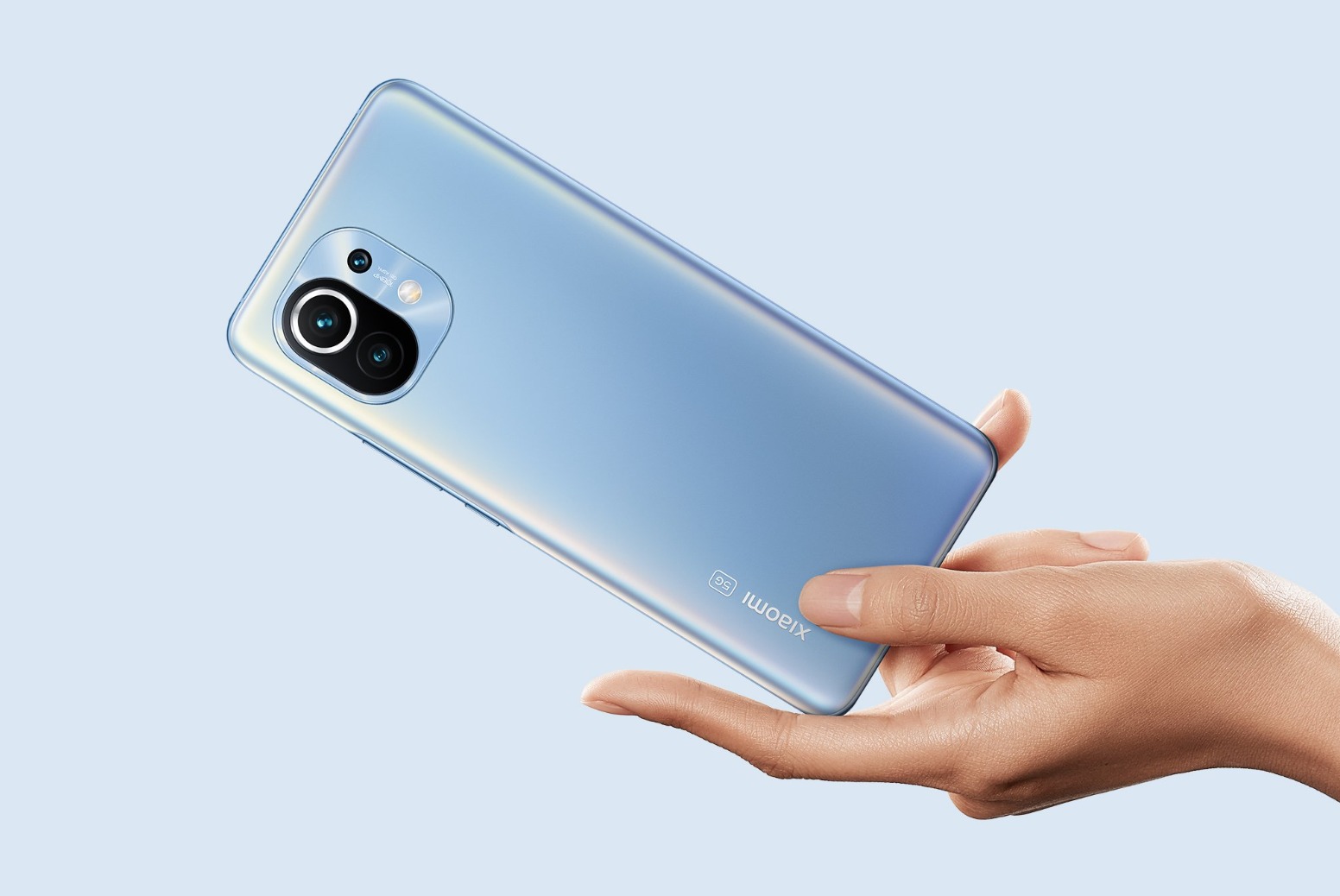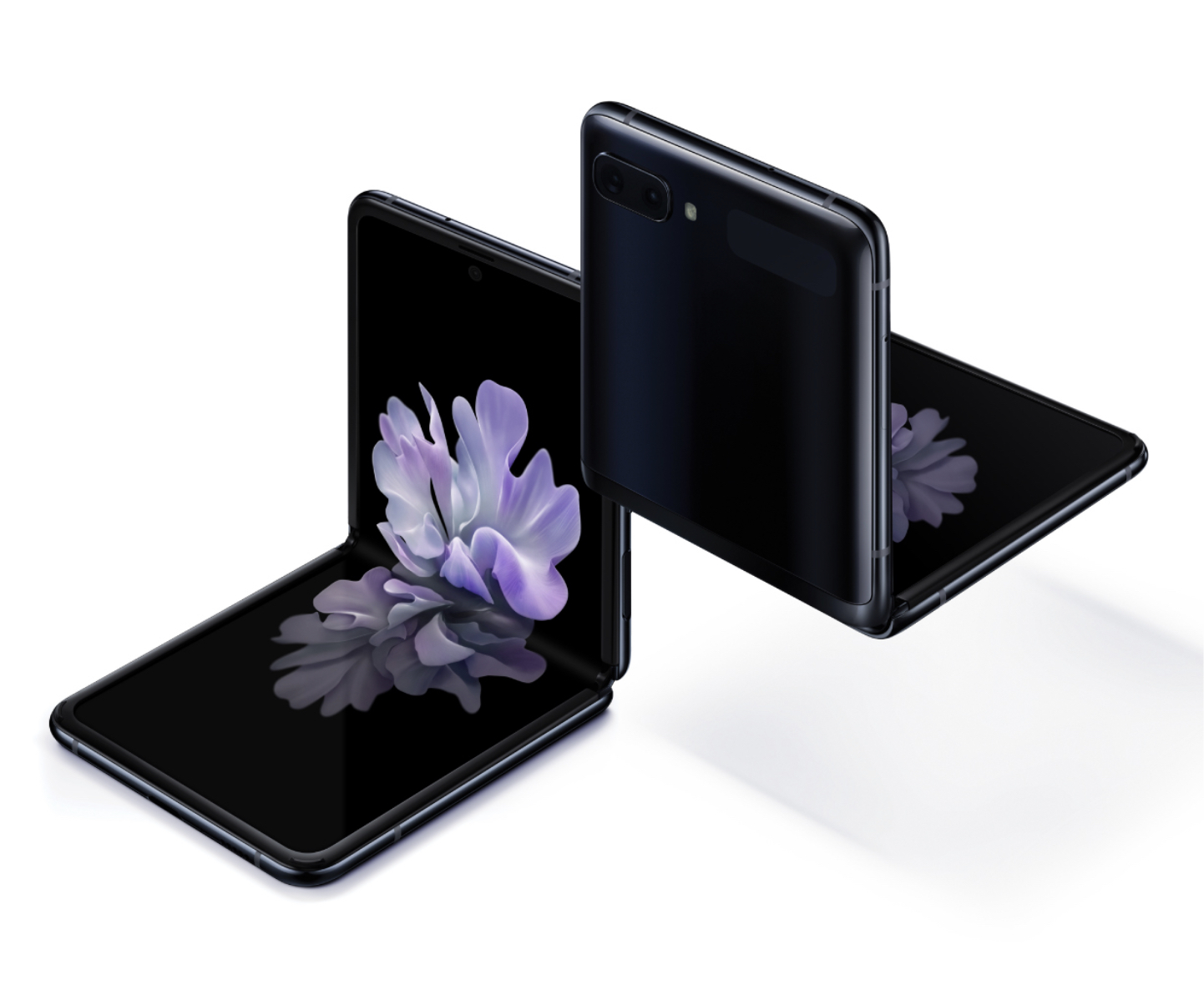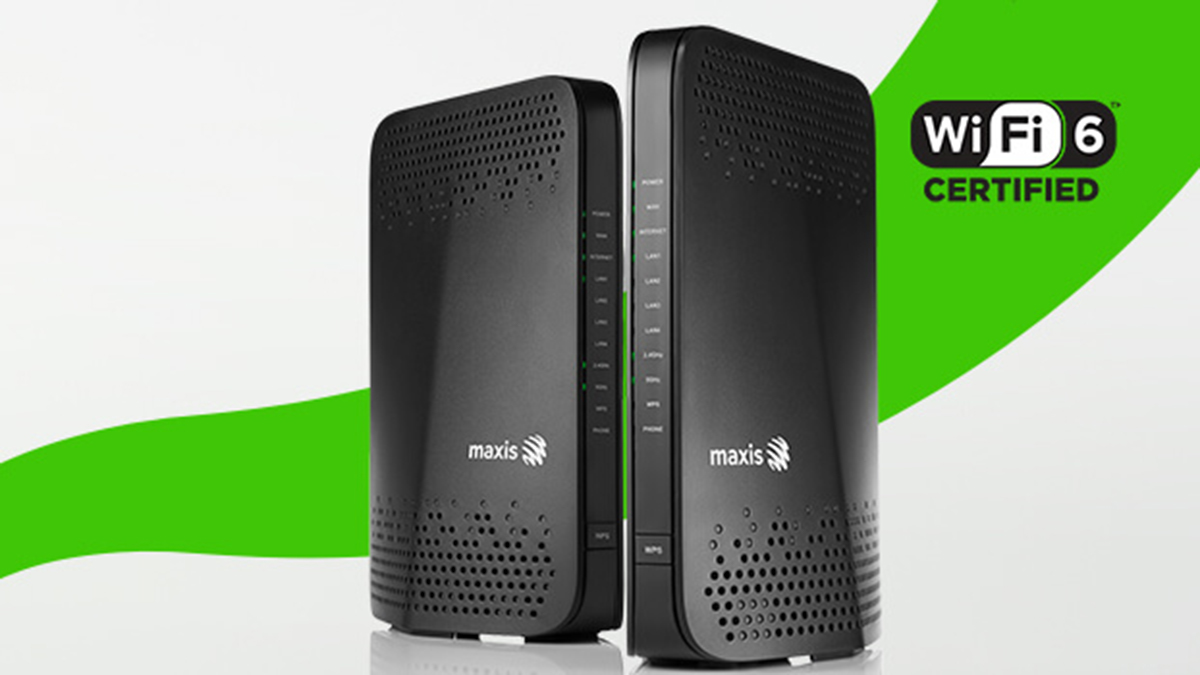As expected during a launch event about three weeks ago, the company announced the arrival of the Mi Mix 2, Mi Notebook Pro and the Mi Note 3. While those 3 devices definitely got tongues wagging, the device that really got everyone talking was the Mi A1, the company’s very first pure Android smartphone that is part of Google’s Android One programme. Yes. You read that right. PURE ANDROID and MIUI is nowhere to be found on this device. So how does the Mi A1 fare? Read on to find out.
Design & Build
First things first, let’s get the elephant out of the room. Yes, the Mi A1 looks like an iPhone from the back but so do a lot of other smartphones. So I don’t think that’s something to gripe on about. Now that that’s out of the way, let’s go back to talking about the Mi A1 without drawing comparisons.
Looks and build wise, the Mi A1 is essentially a twin of the Mi 5X. Place them side-by-side without turning on the screen and you probably wouldn’t be able to tell the difference. However, I find that to be a good thing as the Mi 5X is easily one of the most solid devices Xiaomi has ever built.
So, with that said, the Mi A1 is equally solid and does have a slight heftiness to it, which is nice. Although I don’t quite mind phones wrapped in glass or ceramic, the Mi A1’s full metal body definitely puts my mind more at ease as it just feels a lot less vulnerable to drops or knocks.
The device is available in three colours: Black, Gold and Rose Gold. I went out and bought one, and opted to go with the least ostentatious and classier one, Black. Note that for this review, it’s a gold unit.
While the Mi A1 does feature a 5.5-inch display, it really doesn’t feel very large as it is just 7.3mm thin, has very smooth and rounded edges and the display’s bezels are quite thin. Even with relatively small hands, I found the Mi A1 quite easy to handle and use one-handed.
Unlike some of the flagships in the market today that seem to be losing more and more hardware features, the Mi A1 still comes with all the stuff we know and love and even a little bit more.
On the bottom of the device, you’ll find a 3.5mm headphone jack (YIPEEEE!), the USB Type-C charging port (WAHEY!) and the down-firing speaker grill, which is actually quite loud and produces very clear and bassy audio (YAY!).
On the top, right next to the microphone, we get an IR Blaster (WHOOP! WHOOP!). As for the sides, you have the hybrid SIM tray and on the left you get the very clicky and responsive volume rocker and Power/Lock button.
On the back, we have the fingerprint sensor and dual camera setup. The one little gripe I do have about the Mi A1 is the fact that the camera does have quite a pronounced hump and without a case, it’ll definitely be easy to scratch the glass. I also like how there’s an Android One logo emblazoned at the bottom of the device. It gives you a clue how serious Google is about this.
Overall, I really like the design of the Mi A1, although it does seem a little uninspiring. I like how it just isn’t too over the top and has a subtle sleekness and classiness to it. Kind of like nasi lemak (rice cooked in coconut milk and pandan)–looks like plain white rice, but that flavour is so mouthwatering.
[nextpage title=”Hardware, Software, In the Box”]
What’s in the box
- Mi A1 unit
- USB Type-C cable
- Power adapter
- User guide/Warranty card
- SIM insertion tool
Hardware
On the hardware front, the Mi A1 packs almost the same set of firepower as most devices in its category and price range. That’s really not a bad thing though as most mid-range devices these days come with some serious hardware that can satisfy most users and not leave them in a state of utter frustration.
The Mi A1 pretty much shares the same internals as the Redmi Note 4, it’s powered by an octa-core Qualcomm Snapdragon 625 processor mated to an Adreno 506 graphics processor, has 4GB of RAM and internal storage of 64GB (58.2GB usable). If the 64GB of storage isn’t enough, you can always add in a microSD card to the Mi A1 to expand the storage.
The device even supports Universal Flash Storage so if you have a high-speed microSD card, you can format so that it works as an extension of your internal storage.
As a whole, I’d say it isn’t too shabby. While the Snapdragon 625 is a little on the older side, it is still one of the most balanced processors Qualcomm has in its catalogue.
One little niggle that I do have to point out is that unlike the Redmi Note 4, which is equipped with a 4000mAh battery, this device only has a 3080mAh battery. But this isn’t a deal breaker in any sense though, because remember, the Mi A1 runs on pure Android, which means it is optimised to be extremely efficient in terms of power.
The battery supports fast charging but sadly the box doesn’t come with a fast charger. The bundled standard 5V/2A power adapter does still get it juiced in a relatively short time.
Display wise, the Mi A1’s 5.5-inch display has a Full HD 1080p LCD display protected by 2.5D Corning Gorilla Glass. This display is bright, produces quite accurate colours and has great viewing angles. Texts are also nice and crisp with no bleeding whatsoever. Again, for a device at this price point, I don’t think anyone can complain.
Last but not least, the Mi A1 supports networks up to 4G LTE, supports Bluetooth 4.2/HID, dual band Wi-Fi 802.11 a/b/g/n/ac 2.4/5GHz, WiFi Display, WiFi Direct, GPS, AGPS and GLONASS. There’s no NFC support here, but that’s to be expected.
Software
As mentioned, the Mi A1 is part of Google’s Android One programme, which was created to reduce the extremely fragmented Android landscape. What I mean by that is that, even to this day, though you may buy a brand spanking new smartphone, it may or may not receive the latest update to the latest version of Android. This essentially means your device gets outdated pretty quickly and you lose out not just on new features but also crucial security patches.
I personally love the idea of what Google is trying to do with the Android One programme but that’s a story for another day.
Being part of the Android One programme, the Mi A1 benefits in the software front in multiple ways. The first being that the updates for the device is handled by Google and not Xiaomi. This means users are guaranteed with timely updates. Android 8.0 Oreo is already slated to be pushed to the device later this year.
Another benefit comes in the form of the extremely clean and fluid Android user-interface and experience. Unlike other “stock” Android experience offered by the likes of Lenovo, Motorola or OnePlus, the Mi A1 really doesn’t have an any extra features added on to it. So no “chop-chop” gestures here.
There are only three Xiaomi based additions and they are the IR remote app, the Mi Services menu in settings and the Xiaomi camera app (because Google’s own camera app doesn’t support dual lenses yet). Other than that, you’re pretty much getting the same thing you’ll find on a Nexus or Pixel device.
Now this is a little hit and miss as I’m sure most Xiaomi fans love MIUI and the insane level of customisation it offers in terms of themes and all the other fancy doohickeys. However, this device was made for the Android purists who want the operating system in its purest form. While I personally do love how Android works on its own, I still ended up installing Nova Launcher just for an added level of personalisation.
If you’re looking for bloatware-free, clean and snappy performance, the Mi A1 is definitely where its at.
[nextpage title=”Performance, Pros, Cons, Verdict”]
Performance
With the hardware it packs and pure Android, the Mi A1 is a joy to use on a daily basis as it literally remains buttery smooth even while multitasking. I had no issues jumping from apps like Whatsapp to Instagram to Desygner while Spotify was playing in the background. There were times where I easily had about 15 apps opened and the device still ran as smooth as silk without any signs of lag.
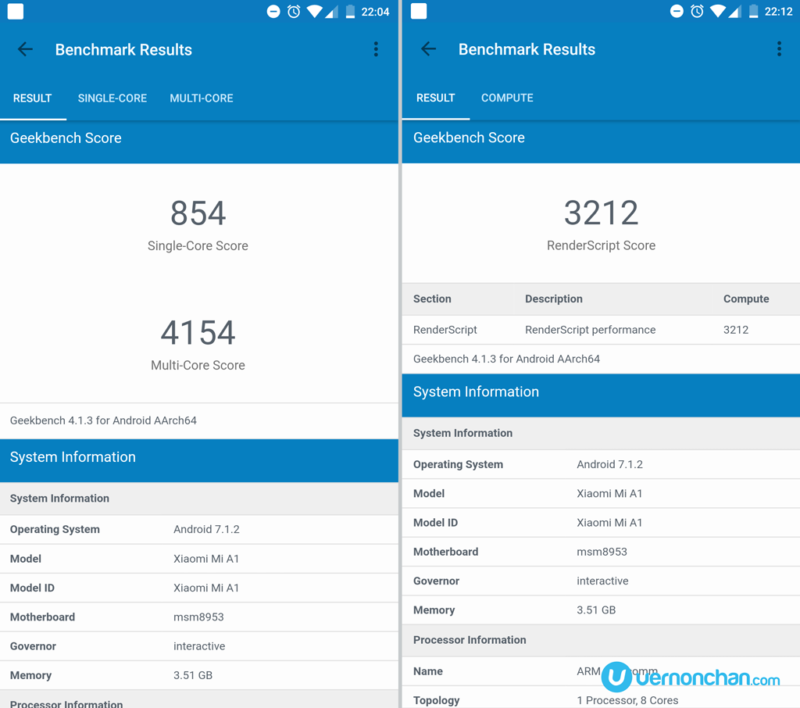
The Adreno 506 graphics processor is also really no slouch as it not only did it score quite well in the set of benchmarks I put it through, but it also ran games like Asphalt 8, Dead Trigger 2, Marvel Future Fight and WWE Immortals without any issues. The phone’s temperature increased just a little but not to the point of discomfort. Importantly, there was no visible frame drops during my gaming time.
Even though it may pack a smaller battery compared to the Redmi Note 4, the Mi A1’s battery easily lasted me through a full day of work. I am not exactly a very heavy user but I usually unplug my phone at 6am and by the time the clock strikes 6.30pm, I’ll usually still have more than 40% of battery left.
My typical day of use involves playing music on Spotify, chatting on Whatsapp and Telegram, reading articles on Bleacher Report and Chrome and also scrolling through my feed on Instagram. On days like these, I’ll have get a good 18 hours of usage. But for busier days where I use Desygner, Waze and the camera, it’ll shave off 3-4 hours of my standard usage. Which means to say, battery life is really the bees knees especially if you’re a moderate user like myself.
Now, let’s talk about the dual 12MP cameras. If you don’t already know, the Mi A1 packs a wide-angle lens and a telephoto lens. The former has an aperture of f//2.2 while the latter has a f/2.6 aperture. This setup is very similar to the OnePlus 5 and iPhone 7 Plus, whereby you are able to take portrait photos with a defocused background and also 2x lossless zoom. While this is great for a device at this price point, I would rather Xiaomi equip the phone with a single 12MP f/1.6 camera with Optical Image Stabilisation.
But that doesn’t detract from the fact that camera is still a very good one. In daylight or bright settings, the camera is able to capture photos that retain a great level of detail, colour accuracy and saturation.
Low light or dark settings is a different story all together as photos tended to be grainy and blur.
Seeing as the Mi A1 uses Xiaomi’s very intuitive and feature-packed camera app, which has a pro mode, you will no doubt be able to capture some nice photos. Do note though, that there’s no HDR mode, so you’ll need to toggle on/off on top right of the camera interface.
Video-wise, Xiaomi has given us the option to record in 4K and also time lapse and slow motion. But again, without OIS, video quality suffers quite a bit. So unless you’re constantly carry one of those stabilising gimbals with you, you may want to stick to video recording with a tripod or at least more static setups.
On the other hand, audio recording is actually quite decent as I found audio to be quite clear even in busy and noisy environments.
Last but not least, to appease the selfie-loving crowd, the Mi A1 comes with a 5MP front shooter, which does its job sufficiently, especially if you’re in an area with good lighting.
To sum it up, there are a few misses but that’s more on the camera front.
Overall performance of the Mi A1 far surpasses any device in the same price range.
Check out sample photos in the Gallery.
Pros:
- Pure Android experience
- Smooth and snappy performance
- Good battery life
- Solid build
- Good dual camera setup
- 64GB internal storage & microSD support
Cons:
- Limited customisation options
- No optical image stabilisation
- Just a tad slippery
- Low light photography
- Smaller battery capacity
Pricing and availability
The Xiaomi Mi A1 retails for MYR1,099 (incl. GST) and is available for purchase at the Mi Online Store on Lazada Malaysia, the Mi Premium Reseller Store at Queensbay Mall Penang, Mobile to Go at SS2 Petaling Jaya, or at the Direct D outlets.
Verdict
For what it’s worth (and doesn’t break the bank), the Xiaomi Mi A1 is a really compelling device for those who want a good all-rounder smartphone with a pure Android experience. Granted, it’s still a mid-range device but at least there weren’t many compromises made to the overall package.
Of course, at this price range, there are a few other options that go toe-to-toe with the Mi A1. At the end of the day, most of those come with a whole hodgepodge of bloatware and extra software features thrown in, which you probably will never end up using. On top of that, some of those devices might not even get updated to the next versions of Android. The Mi A1 however, is guaranteed to get updates for two years and will be one of the earliest to get said updates.
So, the best and most Malaysian way I can put it: the Xiaomi Mi A1 is a plate of extremely well-prepared and cooked nasi lemak while the rest are a plate of economy rice, which you put together. Still good, but the combination isn’t quite as impeccable as one put together by a very experienced makcik.

[nextpage title=”Gallery”]
Shots from the Mi A1 in various conditions. Photos are straight from camera, unedited aside from being watermarked. Saved as JPEG, 100% quality, sRGB, 1280×960 @ 96dpi. Click on thumbnail to enlarge (EXIF data shown).


